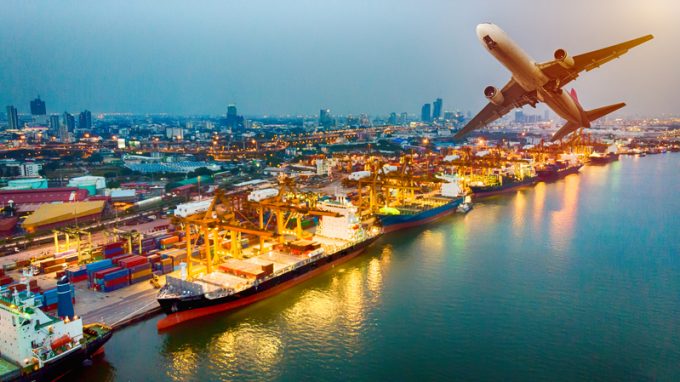After DSV 'cuts the cake' on Schenker acquisition, time for redundancies?
Denmark’s DSV has formally closed its €14.3bn ($16.14bn) acquisition of DB Schenker – the biggest ...

The coronavirus pandemic led to an 11.6% year-on-year contraction in air and sea freight forwarding volumes in the first half of the year.
Global trade suffered from the double-blow of reduced factory output in China and then the subsequent fall in demand as social lockdowns were ...
Keep our news independent, by supporting The Loadstar
Red Sea crisis has driven most new capacity into extended Asia-Europe trades
Carrier price hikes hold, driving spot rates higher as space gets scarcer
Crew forced to abandon ship in latest fire on vessel carrying EVs
The Loadstar Podcast | Transport Logistic and Air Cargo Europe 2025
Carriers on the hunt for open tonnage again as transpacific rates soar
'Now or never' for Kuehne and DHL GF to hit back at DSV
Asia-West Africa ULCV deployment opens new markets for carriers

Comment on this article